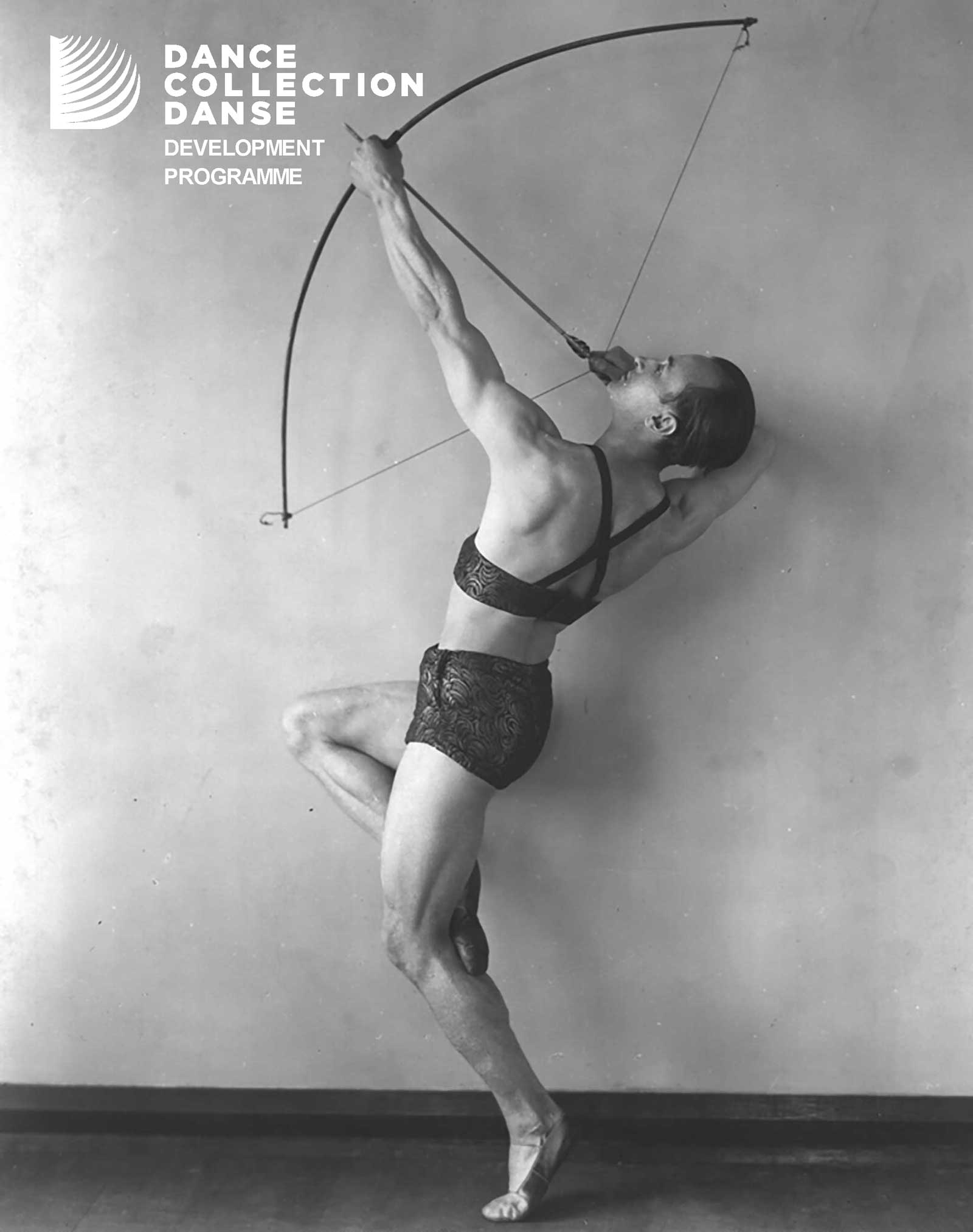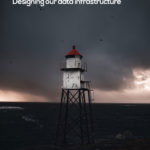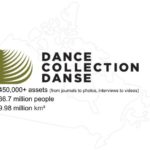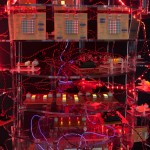We are launching a new two-year development program to help connect people with DCD’s digital collection.
And of course, as usual, it’s not just about ‘building a site’ but building something that is open, scalable, repeatable and brings together a wide community of practice (a Constellation) to engage in developing for everyone.
If you’ve been involved in a related initiative, we want to build upon it, and—being open—help take your work forward too. Got a project that is 90% complete? Maybe we could bridge some of that last mile together?
Find out more and sign up right now
Please help us connect to people who are interested in any of the following areas:
- Dance & culture
- Archives & history
- Digital collections and how we can build things that people want to use
- Developing online communities that can connect with each other around the world
- Developing a groundbreaking approach to archives, how they are used and accessed
- Teachers, lecturers, students and others who are interested in learning
Please forward this link to anyone and ask them to do the same. Given everyone is sitting at home at the moment, we think it’s a great time to be starting this work!
Background
As we highlighted in our previous report:
Dance Collection Danse is a unique organization spanning the performing arts, museum and archival communities.
At its core, DCD exists to preserve Canada’s dance heritage and share it internationally through programming such as virtual and live exhibits, screenings, lectures, workshops, education, dance animation, catalogues, annual magazine, books, and by supporting research.
As such it spans being an ‘archive’, a ‘collection’, a ‘museum’ and potentially even a ‘library’ although, as we shall see, these terms are less relevant in a digital-first world.
Broadly, our challenge in this work has been to ‘work out what DCD should do with its Collection’.
Our process in this work has been to examine what exists, what works, what is being done today, what is not working, what could exist and what should exist. We explore what an institution may look like if a digital-first approach is taken.
Throughout the work, and in our recommendations, we focus on ‘digital archives’ to mean assets that are addressable on the web in a way that they can be accessed and (potentially) used. We do not include the process of digitisation or digital asset creation in our analysis.
We have sought to explore questions relevant to developing ‘digital archives’:
- Who are the users?
- What are their needs?
- How do their needs and DCD combine to create value?
- What is the unique value that this institution can deliver?
- What network effects can be enabled or facilitated to unlock value?
- What can we learn from others that can inform our choices?
We focus on access as a priority over preservation based on the fact that digital assets that cannot be accessed are more vulnerable to loss.
If things are not used, they are less likely to be maintained. If they cannot be copied and shared then they are less resilient. We prioritise open addressability and accessibility over closed systems for these reasons.
To form a view on ‘what next’ we have explored over 130 organizations (public, NGO and private sector) and conducted in-depth interviews and workshops with dozens of domain experts and practitioners (including chief digital officers, archives directors, executive directors, and digital content development managers).
While our recommendations and framing are around the needs of DCD, our primary points are considered in the context of the wider community and consider our conclusions to be widely applicable.





